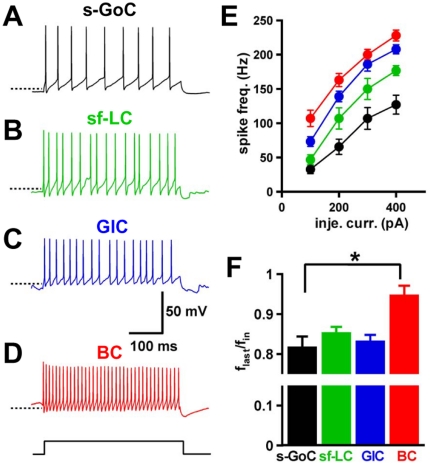Figure 3. Firing properties of inhibitory interneurons located close to the Purkinje cell layer.
(A–D), Current-clamp recordings were performed to examine firing in response to an injection current step (+100 pA, 400 ms-duration, bottom) of small Golgi cell (s-GoC, A), small fusiform Lugaro cell (sf-LC, B), globular cell (GlC, C), and basket cell (BC, D). Dot lines indicate −55 mV. (E) Mean firing frequencies in response to injected currents of different amplitudes in s-GoCs (black circles, n = 10−12), sf-LC (green circles, n = 6−7), GlCs (blue circles, n = 4−6), and BC (red circles, n = 6−7). (F) Spike frequency adaptation in response to an injected current (+200 pA, 400 ms-duration). s-GoCs (n = 12), sf-LC (n = 7), and GlCs (n = 6) showed accommodation, but BCs did not (n = 6). The firing frequency adaptation was calculated as the ratio (flast/fin) of the instantaneous frequency at the fourth and last spike intervals in a spike train. *P<0.05, one-way ANOVA with Tukey's post test.

